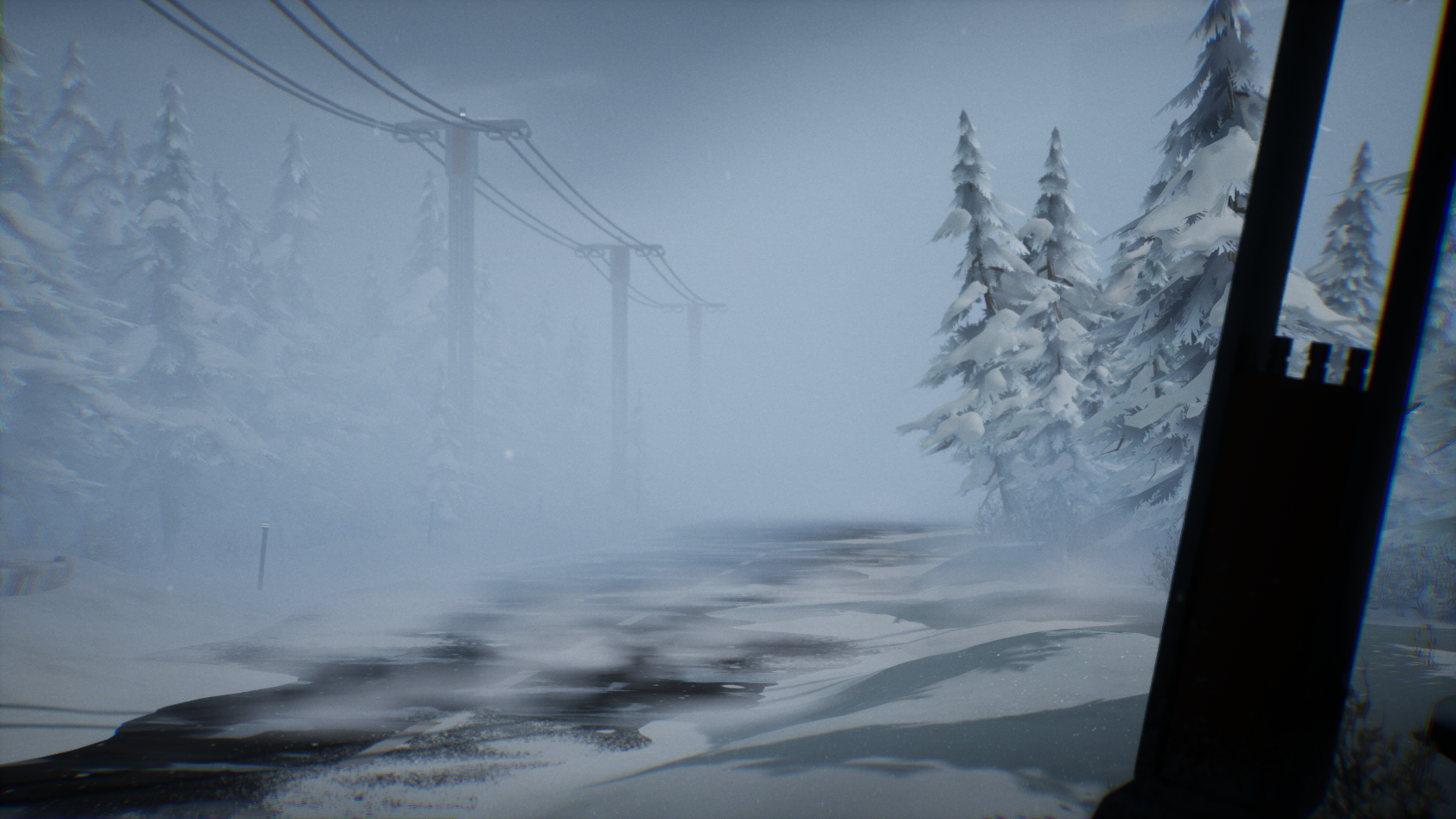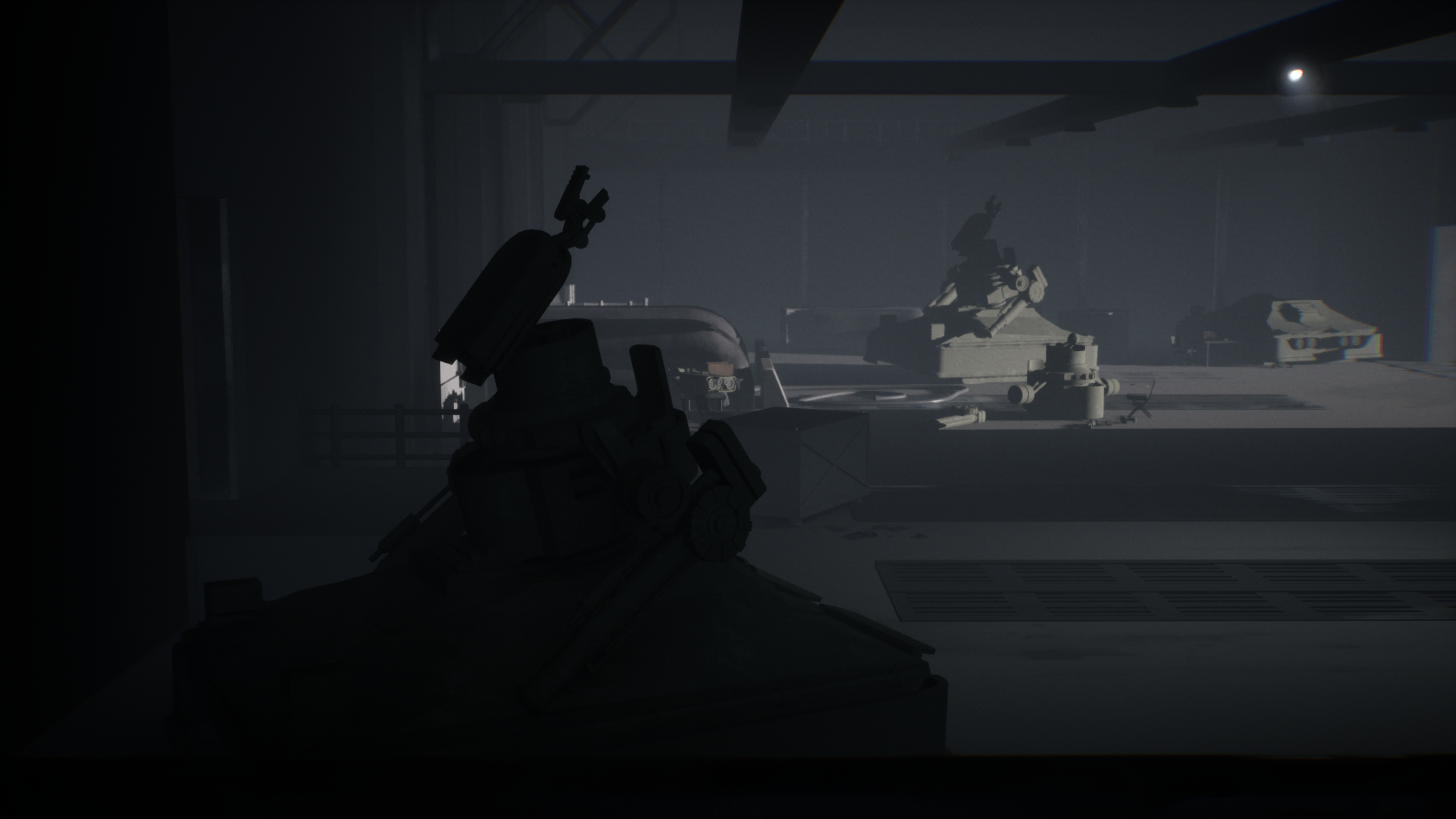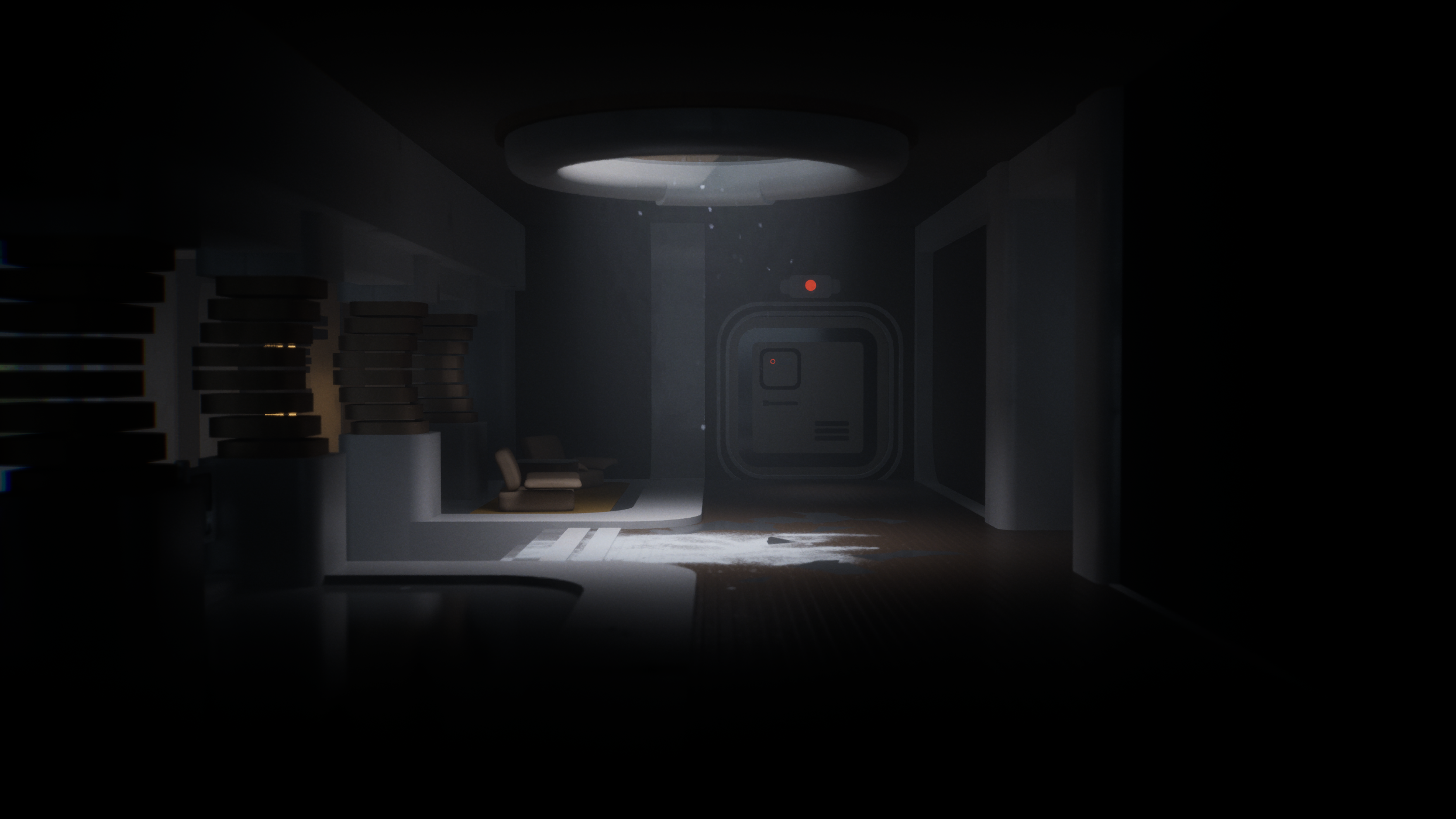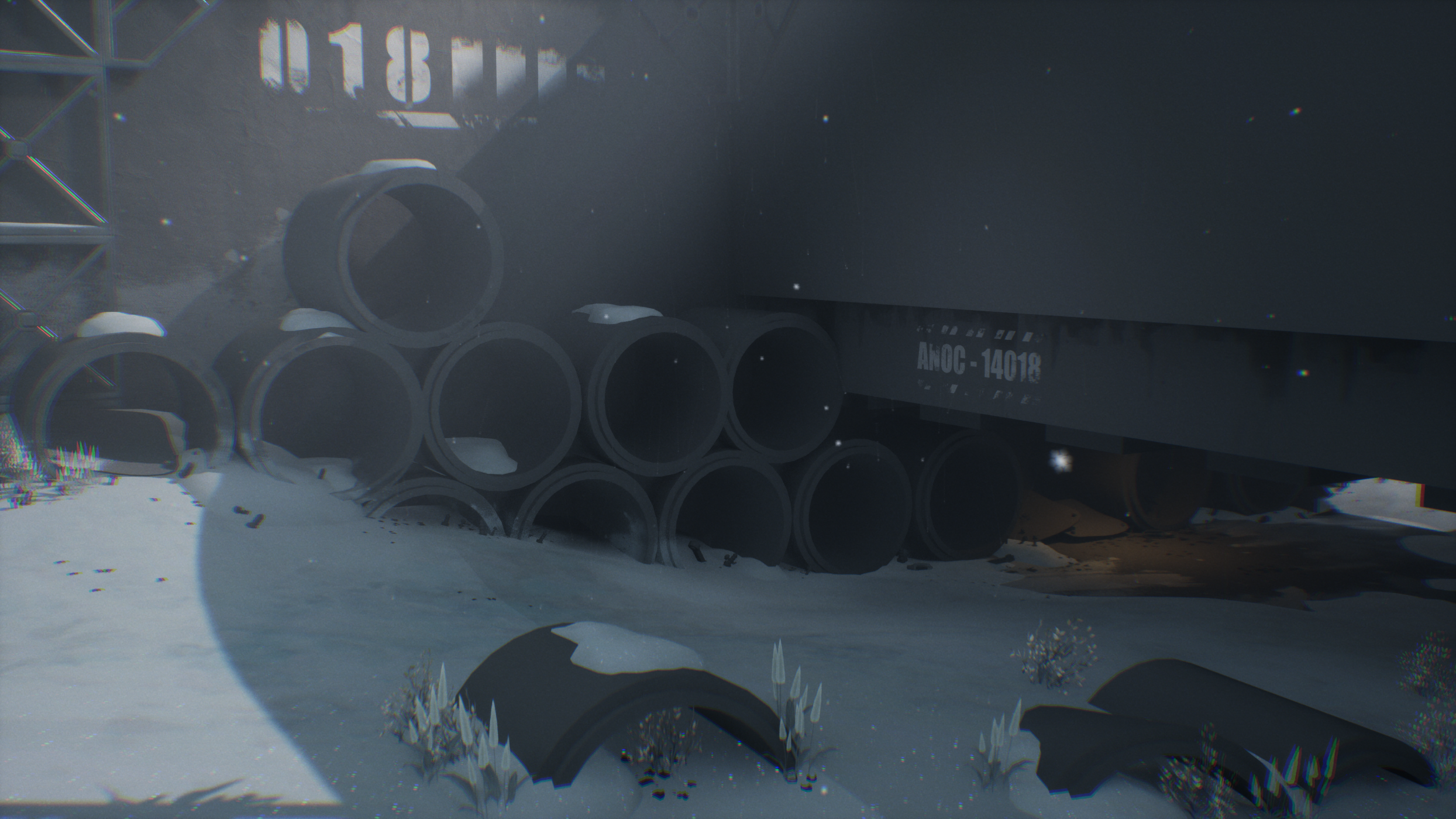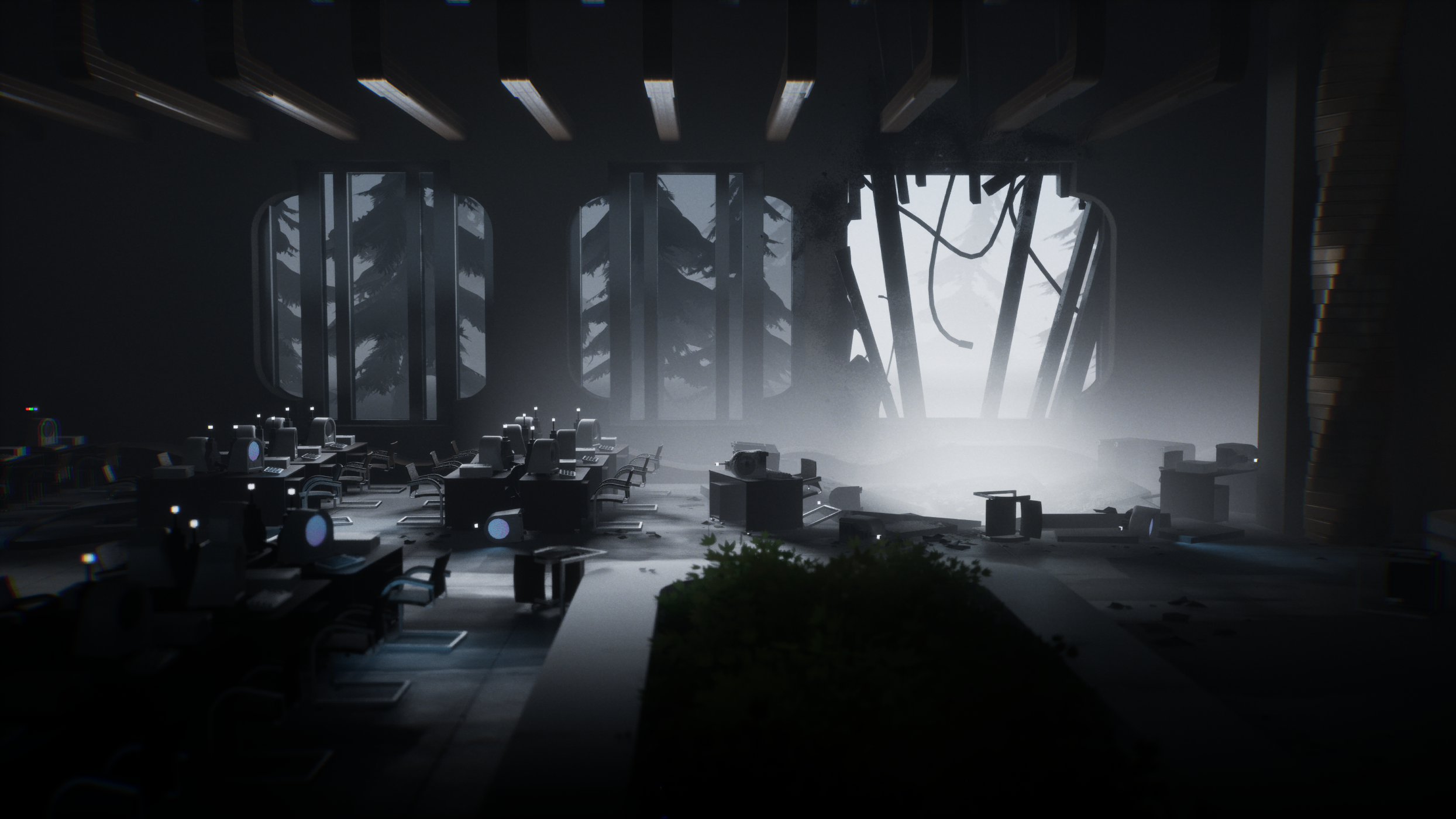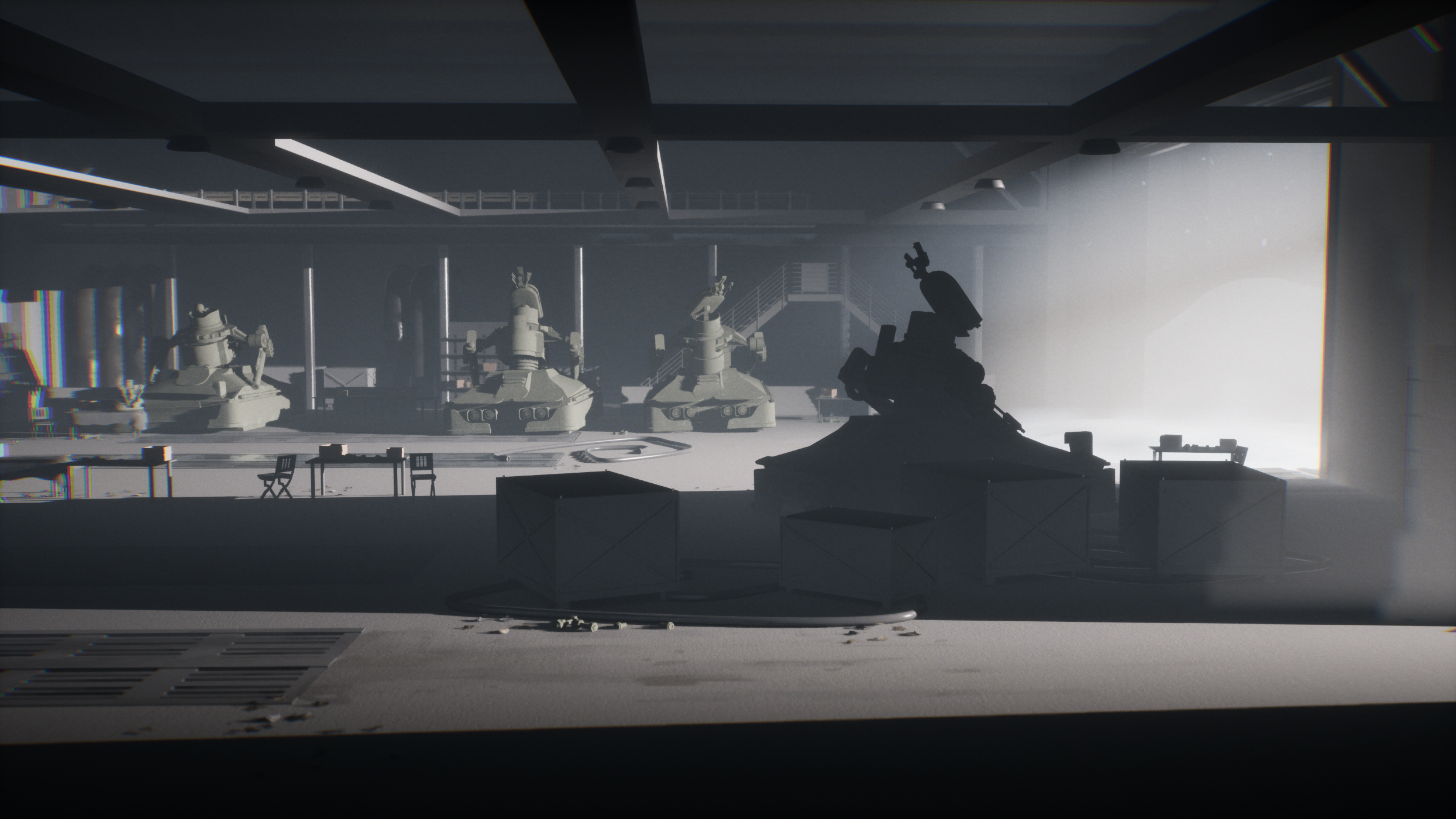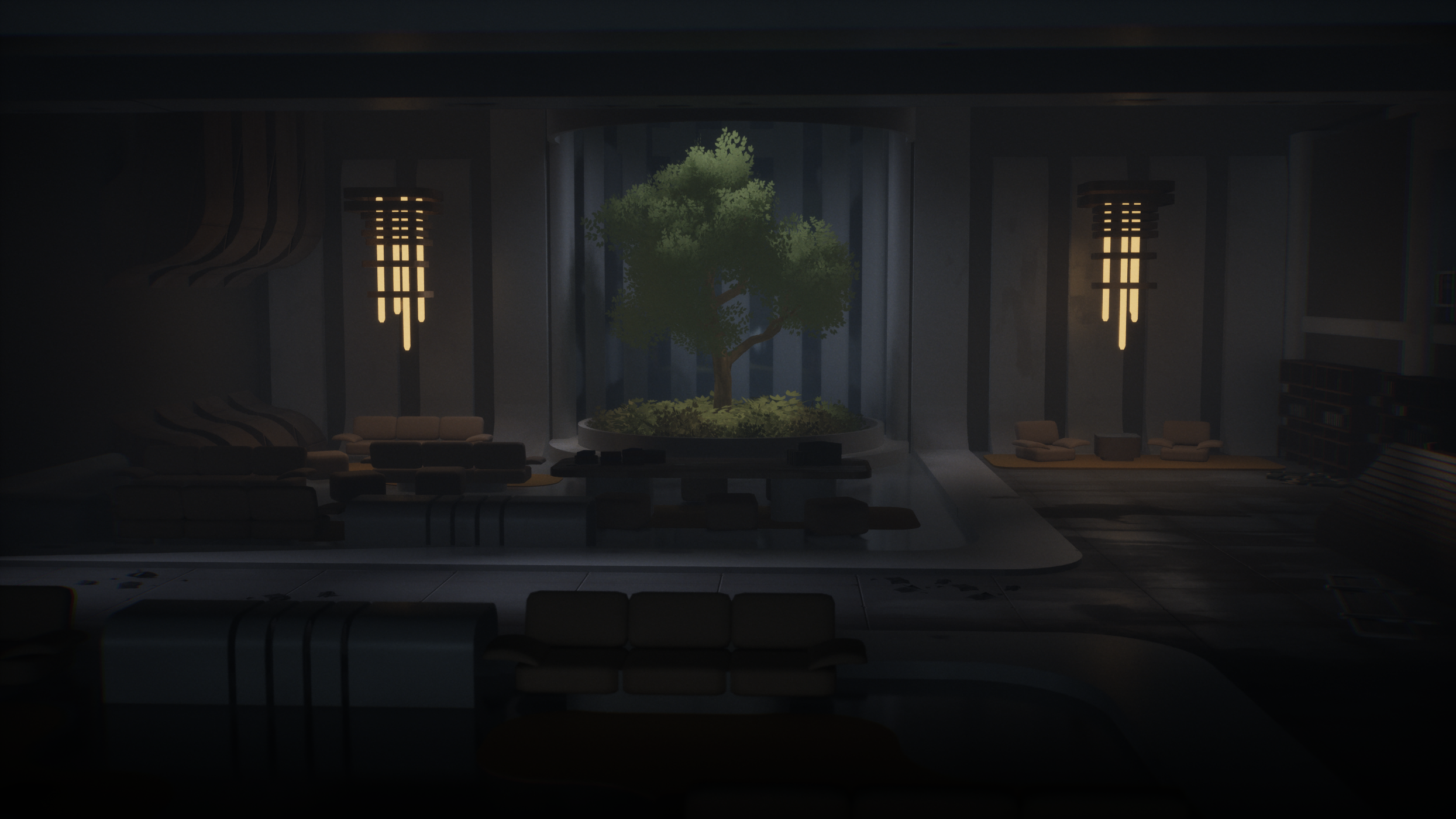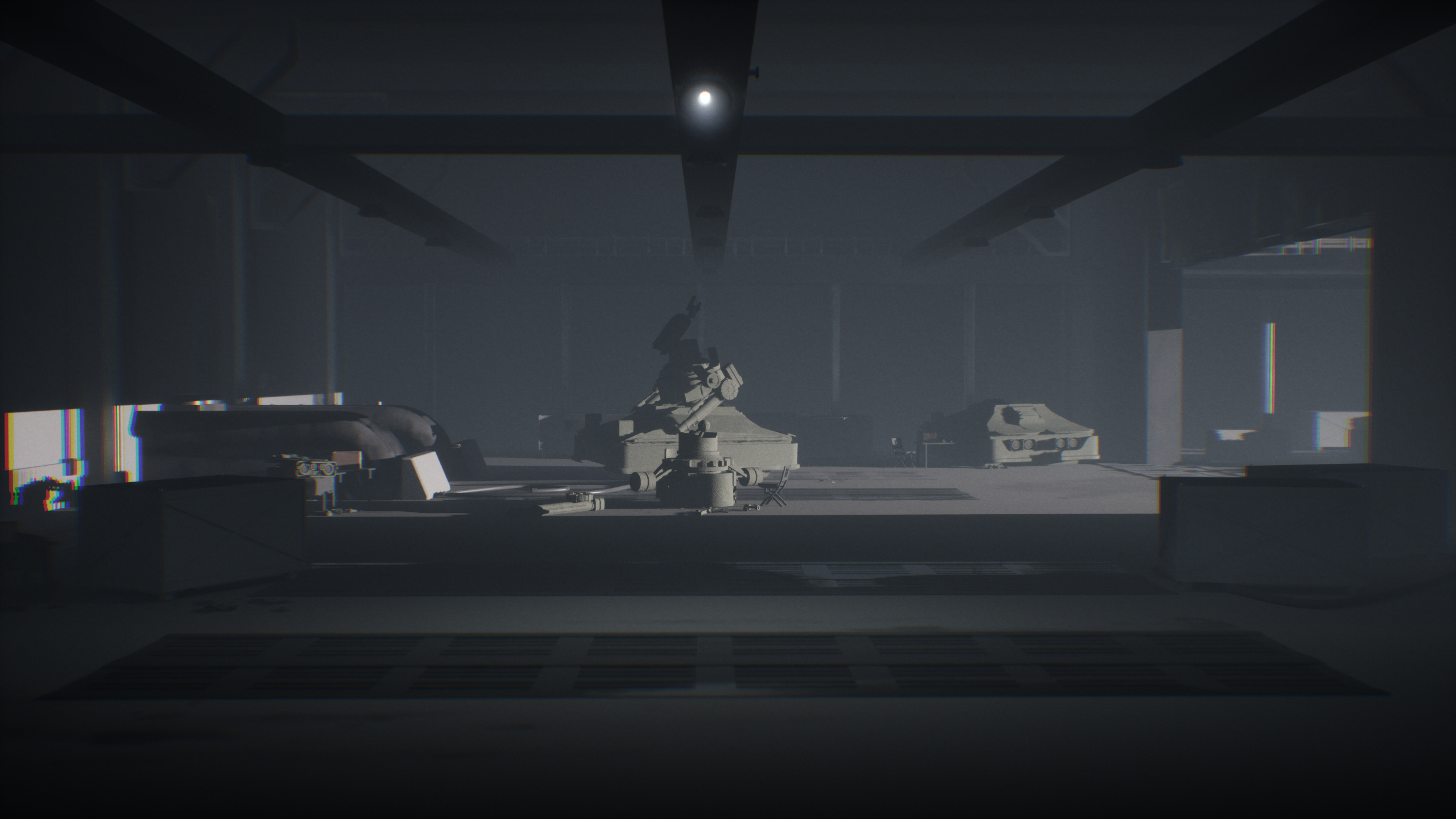

AFTERMATH
ENVIRONMENT ART
INTRODUCTION
For this level, I wanted to showcase my skill in level art, particularly in set dressing, composition and lighting. My goal was to create a fully realized environment that meets the visual quality expected in a finished game, paying great attention to the atmosphere and environmental storytelling throughout.
The player takes control of a character journeying through the aftermath of an armed conflict, traversing environments shaped by destruction and remnants of battle
STORY
-
Solo project
-
4 weeks half time
-
Unreal Engine 5
-
Scripted camera and dynamic atmosphere
-
Models made in blender
BREAKDOWN
EXTERNAL ASSETS
-
LPGenericPropsSet
-
Infinity Blade: Effects
-
Clouds & Skies
-
Stylized Snow | Pine Trees Environment
-
Game Animation Sample
OVERVIEW

START
END
WALKTHROUGH
BEAUTY SHOTS
Some high-resolution shots without youtube-compression.
VISUAL DESIGN
SET DRESSING
CUSTOM ASSETS
For the set dressing, I used a mix of primitive shapes, my own assets, and asset packs. Given the four-week timeframe, it wasn’t feasible to create everything from scratch, so I prioritized crafting the elements that made the level stand out. This included the architecture of the interiors, larger props and the larger scale structures.









MAINTAINING VISUAL COHESION
Since I was combining multiple asset packs with my own creations, maintaining visual cohesion was a top priority. To achieve this, I carefully mixed and matched materials from the asset packs with my own meshes, ensuring a consistent look. I also used world-scale materials to unify the scene and heavily edited existing materials and created my own to better fit my artistic vision and the distant camera perspective.



LIGHTING
LIGHTING SCENARIOS
I incorporated a wide variety of lighting scenarios to make each composition and location more visually compelling and distinct. I alternated between different lighting angles like side lighting, overhead lighting, and strong backlighting
to really give every interior space its own character.
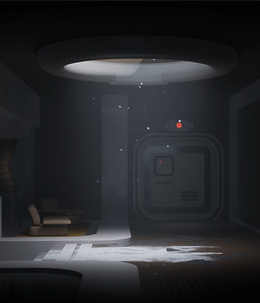

PAINTING WITH LIGHT
I used non-shadowcasting lights to enhance environmental details, adding subtle highlights, defining contours of objects and architecture, and bringing out the details of the materials.



COMPOSITION
USING LIGHT AND FOG
One of my goals was creating clear visual separation in every composition. This meant clear separation between the foreground, play area, and background to not only enhance readability for the player but also to create more visually stunning shots.
To achieve this i used light and fog. Fog was primarily used in exterior environments to enhance depth, while lighting played a key role in defining spaces within interiors. Additionally, I utilized camera depth of field as an extra tool to further distinguish the foreground and background but this was done last to assure it was not integral to the composition.

POST PROCESS MATERIAL
To enhance depth and create a stronger visual hierarchy, I used a post-process material that darkens objects near the camera. This gave the foreground a clean, silhouetted look, reducing visual clutter and ensuring that the play area and background remained the focal points of the composition


ENVIRONMENTAL STORYTELLING
I aimed for every location to tell a story. whether subtly or in a more direct, impactful way. If the player stops and looks around in an environment there should always be something interesting to find.

One of the military drones had its head unit shot off, causing it to ricochet into a nearby building before landing below

After the conflict began, office workers evacuated in a hurry, leaving behind a scene of abrupt abandonment. Some screens remain on, flickering and buzzing.

In the background of the warzone, massive objects can be seen, their rhythmic lightpulse hinting at an unknown purpose.
CAMERA AND SCRIPTS
CAMERA
To enhance the cinematic feel of the experience, I attached the camera to a spline that smoothly follows the player throughout the level. This allowed for carefully controlled framing, ensuring each scene was presented in the most visually compelling way while also making the whole experience feel more dynamic as the camera was not locked at the center of the player at all times.

DYNAMIC ATMOSPHERE
I also created Blueprints to dynamically adjust camera settings and weather conditions in-game. This allowed me to change focal length and fog density at key moments, ensuring each scene had the right atmosphere and look.




This was especially useful for interiors, where I wanted a different fog density than the outside. Being able to adjust camera exposure dynamically also added to the look as windows and light coming from the exterior would appear slightly overexposed mimicking the look of a dimly lit interior.

PROCESS
GATHERING REFERENCE
I started by gathering reference materials for architecture, environments, and lighting that i wanted to replicate.
I also studied games like Inside and Little Nightmares to understand how they approached composition with a locked camera and how they handled camera movement. I also looked at how those games used lighting to frame the playspace and background.








BLOCKOUT
I then began blocking out the environment, focusing on creating as many striking compositions as possible while still maintaining good pacing throughout.
Once I was satisfied with the blockout, I moved on to the set dressing. I began with the large architectural elements and primary shapes, ensuring the overall composition and structure felt strong before adding smaller props.
ITERATION
During the set dressing stage, the environments went through extensive iteration. I continuously refined the atmosphere, adjusting lighting, fog, and composition to achieve the feel i was after.


Once all the environments reached a certain level of quality, I began another round of iteration, refining details now that the overall direction and atmosphere were fully established.



REFLECTION
I vastly underestimated the amount of time it would take to bring an entire level to this level of visual quality. Initially, I had planned for a longer level with numerous scripted events where a rogue robot was chasing you throughout the level, but about two weeks into the project, I realized this wasn’t a realistic goal, especially if I wanted to create assets myself. This shift in expectations helped me focus more on quality over quantity, allowing me to refine the experience while managing my time more effectively
Creating this piece was still a highly rewarding experience, especially seeing playtesters enjoy playing through the level, even with minimal gameplay. Building the world and allowing the environmental storytelling to evolve organically was incredibly satisfying and fun. I am really looking forward to building on what i learned during this undertaking in my next project.
